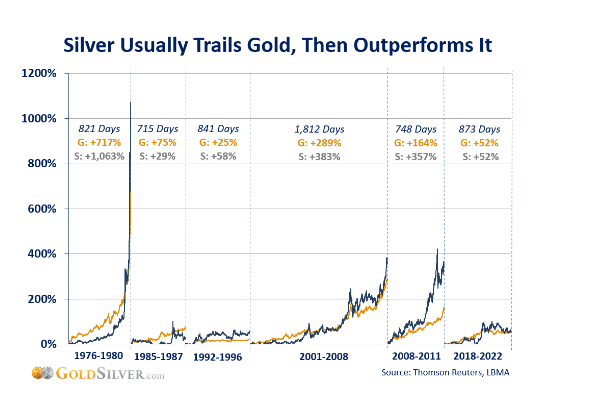SQL Server Integration Services (SSIS) SSIS 950 has long been an essential tool for data integration, transformation, and migration within Microsoft’s SQL Server ecosystem. SSIS 950′, one of the most robust releases of SSIS, has introduced groundbreaking features and improvements that cater to modern data management needs. With its unparalleled data handling capabilities, SSIS 950′ has redefined how businesses approach data workflows, process automation, and data integration.
In this article, we’ll cover everything from the SSIS 950′ release’s key functionalities to its best practices, advantages, and optimization techniques. Dive into SSIS 950′ and discover why it stands out in today’s data-driven landscape.
Introduction to SSIS 950’
As businesses accumulate enormous volumes of data, effective management, integration, and processing become essential. SSIS 950′ represents an evolution in SQL Server Integration Services, aimed at supporting complex data transformations, data migrations, and the broader demands of today’s data management strategies. Its capabilities enable organizations to simplify data integration processes, automate workflows, and ensure data accuracy across systems.
What is SSIS? An Overview of SQL Server Integration Services
SQL Server Integration Services (SSIS) is a component of the Microsoft SQL Server database software used for data integration and workflow applications. SSIS allows users to perform high-speed data transfers, perform complex data transformation tasks, and automate repetitive data-related workflows. From loading data into data warehouses to ensuring data quality, SSIS is a comprehensive tool in the Microsoft data management suite.
Key Features of SSIS 950′
With , Microsoft introduced significant updates and enhancements to boost the effectiveness and adaptability of SSIS. Here are some of the standout features:
- Enhanced Data Transformation: Streamlined data transformations allow handling more complex transformations directly within SSIS packages.
- Improved Performance with New Engines: Upgrades in the data processing engine optimize speed and reliability, particularly with high-volume data.
- Advanced Connectivity Options: Expanded support for cloud sources, web services, and other modern data sources.
- Data Quality Features: Improved tools for data cleansing, quality assessment, and standardization ensure that data pipelines produce reliable results.
- User-Friendly Interface: Refined design for quicker setup and enhanced control flows to simplify complex workflows.
Why SSIS 950′ Stands Out in Data Integration
differentiates itself in a crowded field of data integration tools. With an array of improvements focused on usability, performance, and compatibility,’ has become an invaluable asset for businesses seeking to integrate disparate data sources, support data transformation, and manage data-driven workflows with high efficiency.
One of the core strengths of ‘ is its focus on performance enhancement for high-volume data loads, as well as its deep integration with Microsoft Azure, making it a preferred choice for companies leveraging cloud infrastructure.
Benefits of Using SSIS 950′ in Modern Business
For modern enterprises, the benefits of SSIS 950′ are both strategic and operational. Some of the primary advantages include:
- Scalability: Handle massive datasets efficiently, supporting businesses as they grow.
- Flexibility: Connect to a broad range of data sources and destinations, making it easy to integrate disparate systems.
- Time Efficiency: Automate data workflows, reducing manual intervention and freeing up resources.
- Data Quality Assurance: Built-in data quality tools ensure accurate, reliable data for decision-making.
- Cloud Integration: Seamlessly integrates with Azure for businesses moving to the cloud.
Understanding Data Warehousing and ETL with SSIS 950′
Data warehousing involves consolidating data from multiple sources into a single, comprehensive repository, often optimized for reporting and analysis. Extract, Transform, Load (ETL) is the primary process in data warehousing, and SSIS 950′ excels in ETL operations.
supports a highly effective ETL pipeline, facilitating data extraction from diverse sources, data transformation into consistent formats, and loading into data warehouses. The new capabilities in for ETL further enhance performance, especially for high-volume data and complex transformations.
SSIS 950′ Components and Their Functions
Understanding S’ components is essential for leveraging its capabilities:
- Control Flow: The workflow automation component, where tasks such as data flow, SQL execution, and file system management are orchestrated.
- Data Flow: The core of data extraction, transformation, and loading operations.
- Parameters and Variables: Allow dynamic data processing within packages, enhancing flexibility.
- Logging and Error Handling: Advanced tools for tracking and managing data inconsistencies, errors, and other issues during data processing.
These components allow users to design flexible, highly functional packages for a wide range of data operations.
The SSIS 950′ Package Design Paradigm
introduces a refined package design interface, helping users create, manage, and troubleshoot packages more effectively. Key enhancements include improved task grouping, intuitive drag-and-drop operations, and a more flexible interface for managing complex workflows.
Performance Improvements in SSIS 950′
Performance is a top priority in ‘. This version introduces optimizations in memory management, parallel processing, and support for batch processing, allowing it to handle larger data loads with reduced execution times. These improvements make SSIS 950’ an ideal tool for organizations with high-performance requirements.
Handling Big Data in SSIS 950′
In response to the growing need for big data solutions, SSIS 950′ is designed to support integration with big data frameworks, enabling seamless data processing in Hadoop, Spark, and other environments. It provides native support for these frameworks and offers optimizations for managing and transforming large datasets.
Efficient Data Transformation Techniques in SSIS 950′
Data transformation is at the heart of SSIS, and ‘ offers new tools for manipulating data within data flows. Enhanced transformation tasks such as Lookup, Merge, and Aggregate are now optimized for speed and accuracy, which is especially beneficial for complex ETL operations.
Data Migration with SSIS 950′
Data migration is a common use case for SSIS, and enhances this process with improved connectivity and data handling options. It can connect to legacy systems, modern applications, and even cloud sources, ensuring a smooth migration experience.
Continue exploring more sections in the full article, including error handling, security features, automation options, and real-time data processing capabilities unique to . For those implementing or upgrading to’, the content will also cover best practices, optimization tips, and common challenges in depth.







